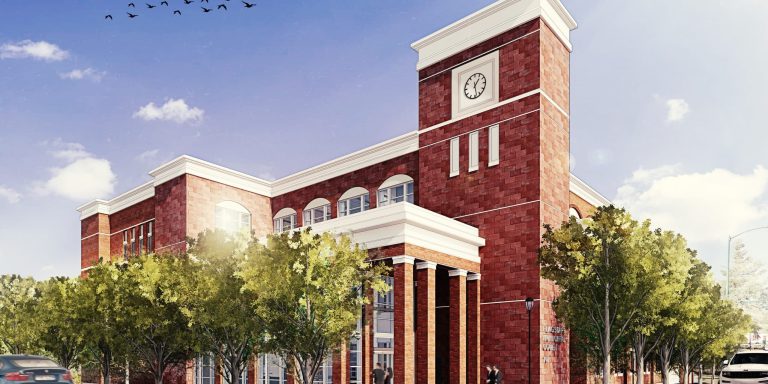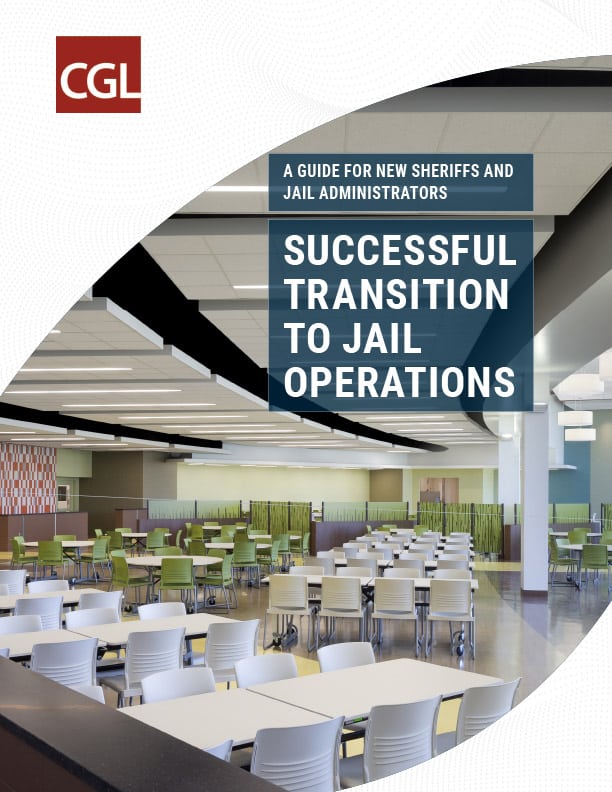
A Closer Look at COVID-19’s Impact on Criminal Justice
In our kick-off episode of 360 Justice, host Eli Gage is joined by colleagues Joe Lee and Bob Glass as they discuss the overarching factors that lead to today’s maintenance crisis, the resulting adaptations in facility design, and how facilities can apply these changes in the wake of COVID-19.
The Past Leading to the Present
Aging and insufficient infrastructure is arguably the biggest issue surrounding correctional facilities today. The United States currently has around 950 state prisons, with over half built between 1980 and 2000. When states lost revenue during the 2008 recession, correctional facility maintenance was severely affected. Applying CGL’s Correctional Facility Index to these facilities shows that most of these prisons are dangerously overdue for renovation, if not a complete teardown and rebuilding.
Even the facilities that satisfy this maintenance index are due for an overhaul. Jails and prisons constructed between the early 1980s to the early 1990s were built with a strict inmate profile in mind. Inmates outside this profile, such as the geriatric or female population, were not considered. These older, cookie-cutter facilities have been found to be unadaptable to current standards.
A New Standard for Justice
For a facility to be successful, it must be adaptable. For an example of a facility built with the framework of design meeting maintenance, modern facilities are being created with outside access to mechanical rooms. Due to the COVID-19 pandemic, these facilities are faring much better than older facilities where maintenance staff is having to forego social distancing measures in order to access mechanical rooms.
Another aspect that should be brought into consideration is the movement of the staff and inmates. There has always been a sensitivity towards mob-like behavior, but the facilities that are designed to actively encourage the cessation of large groups manage modern services such as food delivery better than their older counterparts.
Moving Forward During COVID-19
In the wake of COVID-19, many facilities are experiencing sickness spreading like wildfire. Future facilities should consider how design can mitigate waves of contagious diseases, such as different housing areas based on health status or glass partitions to help segregate people in open waiting areas. Many facilities already use negative pressure rooms in contained spaces, such as waiting rooms or intake rooms. Small changes, like ultraviolet disinfection and easier access to sinks and handwashing stations, have an enormous impact on keeping illness at bay while also complying with county and state procurement laws.
360 Justice Podcast
Older facilities that suffer from deferred maintenance may have a harder time meeting acceptable standards than others, so firms must work proactively now in order to avoid this crisis again in the future. To learn more about how criminal justice facilities are evolving to meet modern design standards and circumvent these challenges, listen to our 360 Justice kick-off episode with special guests Joe Lee and Bob Glass.






